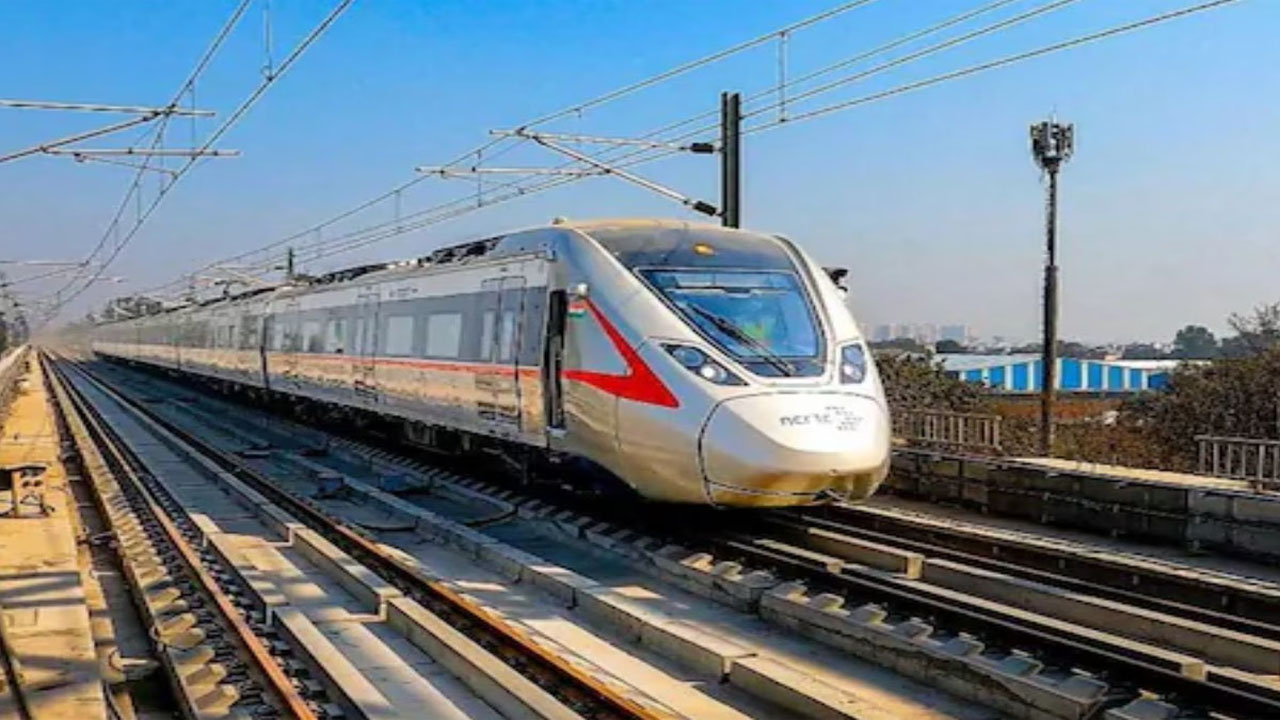The wait is almost over for commuters traveling between Delhi and Meerut. The Regional Rapid Transit System (RRTS) corridor, a flagship infrastructure project aimed at drastically reducing travel time between
All posts tagged in Delhi-Meerut RRTS
1Article






